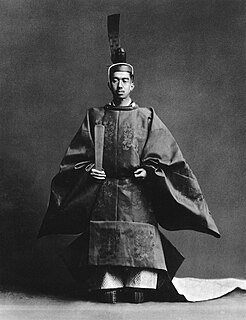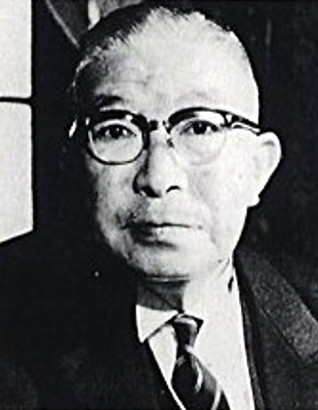Reverse Course was a change in US government and Allied Occupation policy toward Japan during the post-World War II reconstruction. Beginning roughly between 1947 and 1948, it lasted until the end of the occupation in 1952. [1]

The United States of America (USA), commonly known as the United States or America, is a country comprising 50 states, a federal district, five major self-governing territories, and various possessions. At 3.8 million square miles, the United States is the world's third or fourth largest country by total area and is slightly smaller than the entire continent of Europe's 3.9 million square miles. With a population of over 327 million people, the U.S. is the third most populous country. The capital is Washington, D.C., and the largest city by population is New York City. Forty-eight states and the capital's federal district are contiguous in North America between Canada and Mexico. The State of Alaska is in the northwest corner of North America, bordered by Canada to the east and across the Bering Strait from Russia to the west. The State of Hawaii is an archipelago in the mid-Pacific Ocean. The U.S. territories are scattered about the Pacific Ocean and the Caribbean Sea, stretching across nine official time zones. The extremely diverse geography, climate, and wildlife of the United States make it one of the world's 17 megadiverse countries.
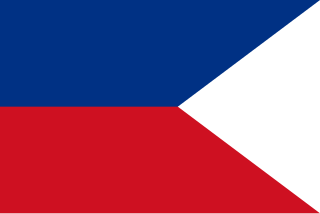
The Allied occupation of Japan at the end of World War II was led by General Douglas MacArthur, the Supreme Commander of the Allied Powers, with support from the British Commonwealth. Unlike in the occupation of Germany, the Soviet Union was allowed little to no influence over Japan. This foreign presence marks the only time in Japan's history that it has been occupied by a foreign power. The country became a parliamentary democracy that recalled "New Deal" priorities of the 1930s by Roosevelt. The occupation, codenamed Operation Blacklist, was ended by the San Francisco Peace Treaty, signed on September 8, 1951, and effective from April 28, 1952, after which Japan's sovereignty – with the exception, until 1972, of the Ryukyu Islands – was fully restored.

Japan is an island country in East Asia. Located in the Pacific Ocean, it lies off the eastern coast of the Asian continent and stretches from the Sea of Okhotsk in the north to the East China Sea and the Philippine Sea in the south.
Contents
The impetus for the Reverse Course divides between global events and developments within Japan. On the one hand, it is linked to the escalation of the Cold War, the Chinese Communist Revolution and the looming Korean War. On the other hand, due to domestic inflation, the growth of poverty, and the expansion of leftist parties, Japan seemed ripe for communism to both the Japanese government and the leaders of the occupation—especially to the leader of the occupation, Douglas MacArthur. The Reverse Course resembled Europe’s Marshall Plan.
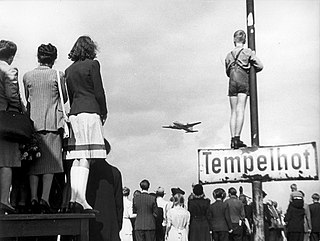
The Cold War was a period of geopolitical tension between the Soviet Union with its satellite states, and the United States with its allies after World War II. A common historiography of the conflict begins between 1946, the year U.S. diplomat George F. Kennan's "Long Telegram" from Moscow cemented a U.S. foreign policy of containment of Soviet expansionism threatening strategically vital regions, and the Truman Doctrine of 1947, and ending between the Revolutions of 1989, which ended communism in Eastern Europe, and the 1991 collapse of the USSR, when nations of the Soviet Union abolished communism and restored their independence. The term "cold" is used because there was no large-scale fighting directly between the two sides, but they each supported major regional conflicts known as proxy wars. The conflict split the temporary wartime alliance against Nazi Germany and its allies, leaving the USSR and the US as two superpowers with profound economic and political differences.

The Chinese Communist Revolution or the Chinese revolution of 1949 was a revolution in China that was led by the Communist Party of China and Mao Zedong which resulted in the proclamation of the People's Republic of China on 1 October 1949. It started in 1946, after the end of the Second Sino-Japanese War, and was the second part of the Chinese Civil War. In the Chinese media, this period is known as the War of Liberation.

The Korean War was a war between North Korea and South Korea. The war began on 25 June 1950 when North Korea invaded South Korea following a series of clashes along the border.
The occupation had begun with various moves toward democratization, including land reform, the purge of officials responsible for Japan's ultra-nationalism, and the suppression of both the zaibatsu and the yakuza. This extended to Japan's new constitution, which included an article that barred the government from maintaining a standing army. This constitution and related policies had been written by Rooseveltian New-Dealers. The Reverse Course changed such policies in favor of the containment policy.

Japanese nationalism is the nationalism that asserts that the Japanese are a monolithic nation with a single immutable culture, and promotes the cultural unity of the Japanese. It encompasses a broad range of ideas and sentiments harbored by the Japanese people over the last two centuries regarding their native country, its cultural nature, political form and historical destiny. It is useful to distinguish Japanese cultural nationalism from political or state-directed nationalism, since many forms of cultural nationalism, such as those associated with folkloric studies, have been hostile to state-fostered nationalism.

Zaibatsu is a Japanese term referring to industrial and financial business conglomerates in the Empire of Japan, whose influence and size allowed control over significant parts of the Japanese economy from the Meiji period until the end of World War II. They were succeeded by the Keiretsu in the second half of the 20th century.
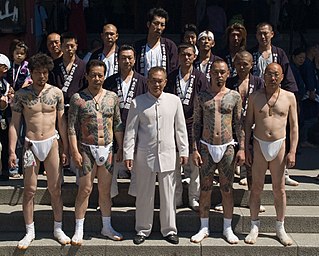
Yakuza, also known as gokudō are members of transnational organized crime syndicates originating in Japan. The Japanese police, and media by request of the police, call them bōryokudan, while the Yakuza call themselves ninkyō dantai. The Western equivalent for the term Yakuza is gangster, meaning an individual involved in a Mafia-like criminal organization. The Yakuza are notorious for their strict codes of conduct, their organized fiefdom nature, and several unconventional ritual practices such as "Yubitsume". Yakuza members are often described as males with heavily tattooed bodies and slicked hair, yet this group is still regarded as being among "the most sophisticated and wealthiest criminal organizations."










